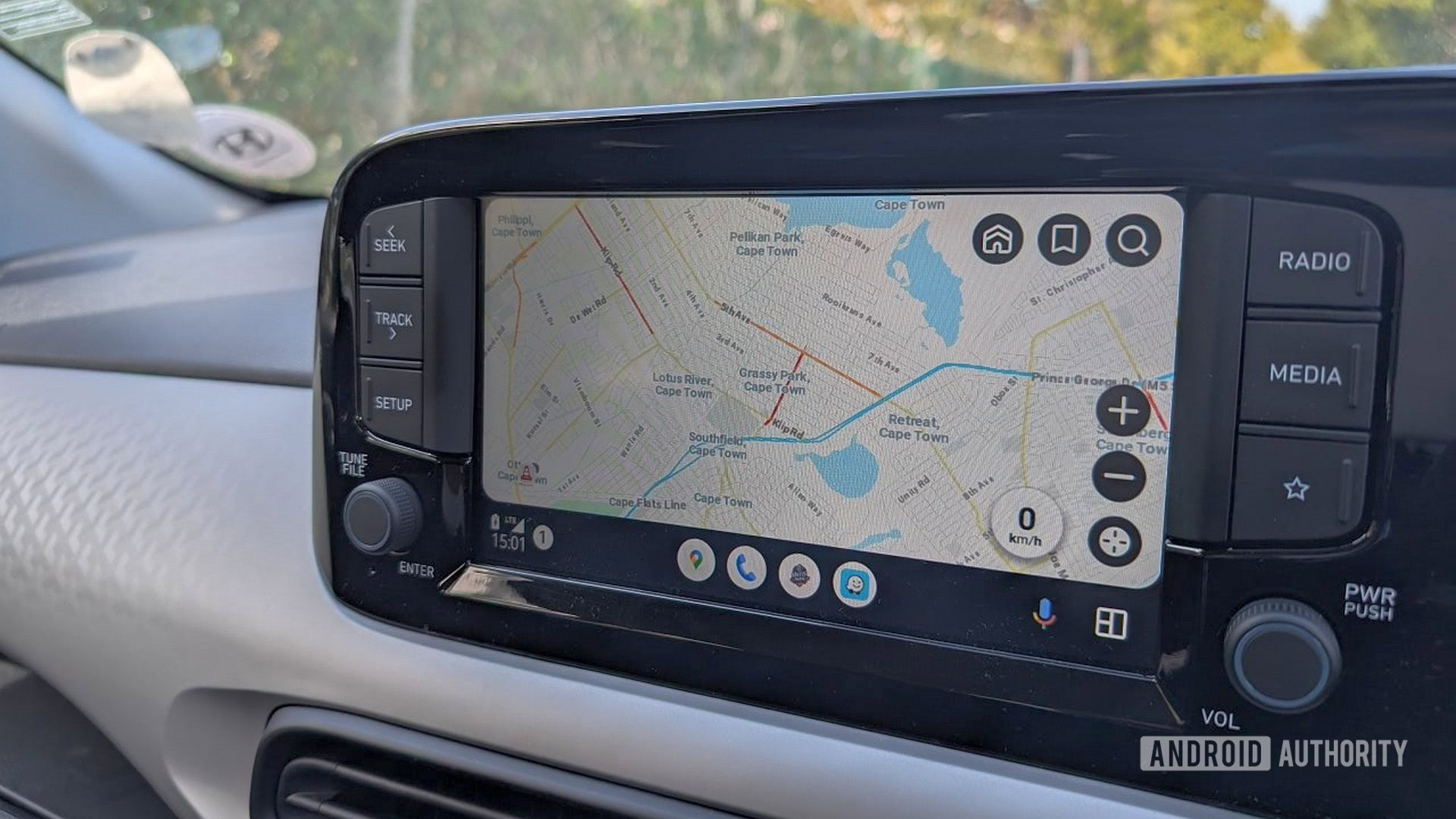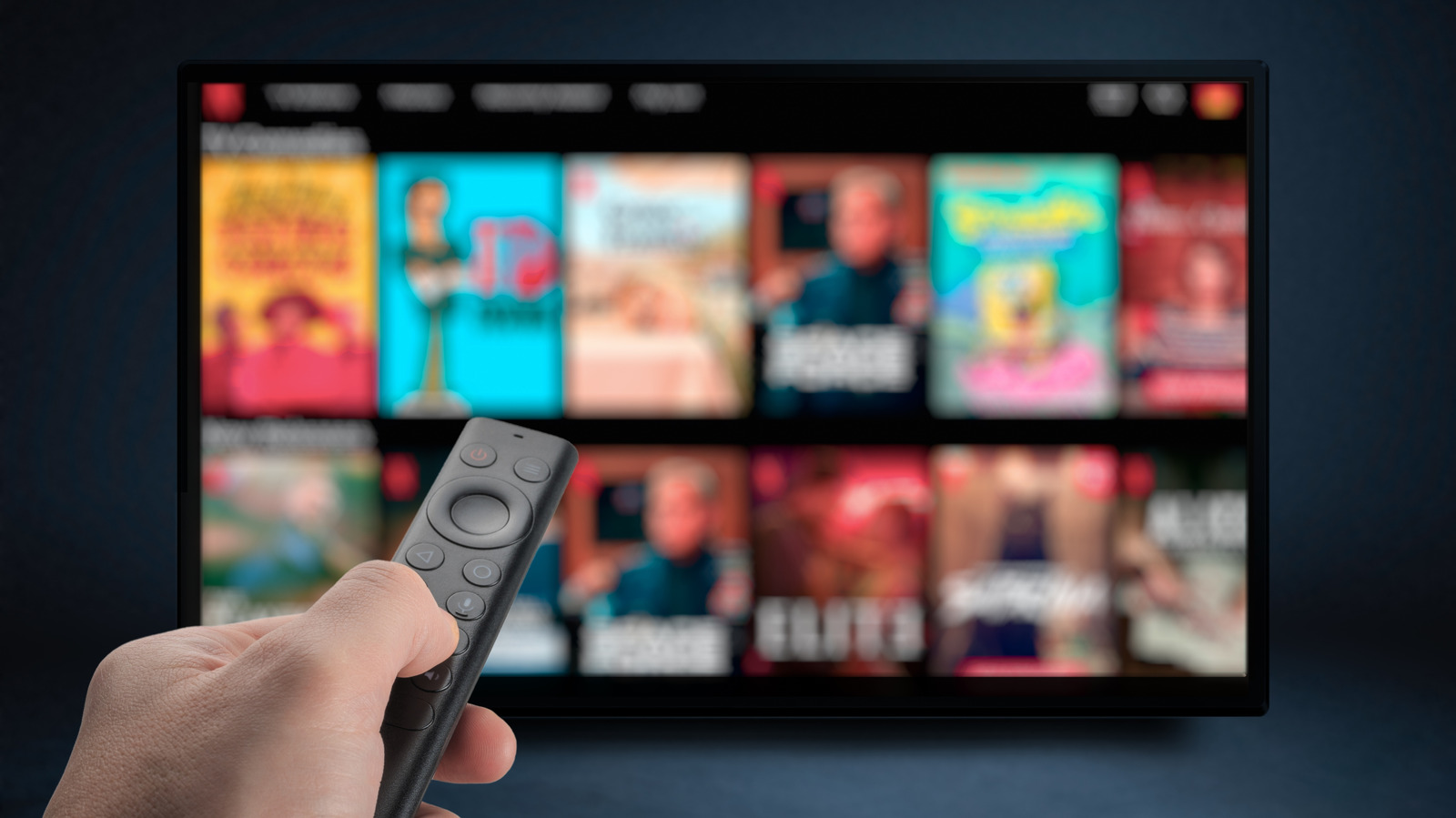
Andy Walker / Android Authority
Android Auto is a Google product I use every day, and every day it does a brilliant job of annoying me. OK, I’ll admit, I wouldn’t use it if it didn’t add some value to my time on the road, but that doesn’t mean it’s a finished, immaculate product. Google still has a long way to go to get its premier in-car phone mirroring product to that pinnacle.
Seeing that Google is in a fixing mood, what else could it change in Android Auto to bring it closer to perfection? Here’s my humble pitch list and wishlist.
What would you like to see Google address in Android Auto?
57 votes
Simplify navigation volume controls

Andy Walker / Android Authority
As a control surface on my car’s dashboard, Android Auto should make basic tasks easy to find and quick to execute. This isn’t always the case in reality, and one task it complicates is adjusting Android Auto’s navigation voice and alert volume.
I can only adjust these levels when Google Maps, Waze, or my mapping app of the day is actively issuing directions or alerts. At that moment, turning the volume knob (or button) up or down will change this volume exclusively. However, there’s a small problem I’ve experienced many times before. Suppose I turn the volume down too forcefully — when it’s talking over my partner, for example — and I accidentally mute it. As I can’t hear any navigation instructions, returning it to an audible level while driving becomes nearly impossible.
Yes, Google Maps provides a navigation sample volume feature that lets me listen to a dummy command and adjust the sound levels accordingly. However, this solution involves far more steps than a simple button tap.
Thankfully, the fix isn’t too challenging. Google could easily add a dedicated volume button (or even use the existing unmuted button) on Google Maps’ settings menu or sidebar that incrementally cycles through volume levels, giving drivers a quick way to increase, decrease, or restore the audio to a sensible level.
Make smarter use of shortcuts in the app drawer

Andy Walker / Android Authority
In August, we uncovered Google’s plans to increase the number of apps available on the Android Auto launcher screen. Depending on your display size, this could mean showing every supported app available without needing to scroll through them. That’s very useful for those with large, wide displays, and I’m all for this change. But I think that Google could and should go a step further.
Unlike my Android launcher, I don’t spend much time on the Android Auto home screen. In the car, I want as direct access as possible to features within apps. I don’t want to trawl through layers of screens or menu items to get where I want to go. As the general operation of my phone isn’t a matter of safety, I can freely scroll and navigate through apps at my leisure. With Android Auto, time and attention are of the essence, which places greater emphasis on the shortcuts displayed.
To help drivers access the exact items they’re looking for with a single tap, Google could allow the creation of custom shortcuts that point to specific features, content, or intents within apps. These can then be pinned to the launcher screen. While you can create shortcuts using Google Assistant, bypassing the unreliable helper would make such a feature more reliable and predictable.
Instead of opening Spotify and navigating to a playlist before taking off, what if I could set that playlist as a shortcut on Auto’s app drawer?
Need an example of how this feature could be useful? Well, I have several Spotify driving playlists, but I’ve been loving the recommendations on Oyster recently. Instead of opening Spotify and navigating to this playlist before taking off, what if I could set Oyster as a shortcut on Auto’s app drawer? Opening it would require a single tap, cutting several seconds off the process. There are countless other examples where heading directly to a function within an app would be useful. Specific locations in Google Maps, fuel stations in Fuelio, radio stations in Radiotime, or WhatsApp contacts with actions could improve the system’s responsiveness.
Give users more control over core UI elements

Andy Walker / Android Authority
I think this is the perfect time to discuss Android Auto’s inconsistent and changeable UI. Google has recently been implementing scatterbrained changes to the platform’s interface, making it more difficult to access certain features or obfuscating useful information.
I’ve been a victim of this just this week. I’m unsure if it was a Google Maps update, an Android Auto update, or a server-side change, but Maps is suddenly drawing roads in a much darker gray, which muddies traffic congestion colors. It’s become so distracting that I’ve tried using dark mode exclusively and even considered switching to Waze. Each has its own set of drawbacks. While accessibility should be the cornerstone of Android Auto’s philosophy, Google’s changes actively go against this ideal.
So, the solution? Relinquish more UI control to users.
At present, Google controls core aspects of Auto’s appearance, but what Google decides isn’t always best for you or me. I should be free to select whether Google Maps displays a full-sized search bar, an icon, or the full dropdown menu. I want to choose the color of the roads in Maps or the saturation levels of traffic congestion. If I want a thicker seek bar, larger album art, or the Like icon in my Spotify interface, I should be allowed these options. Simple tasks, like manually switching between dark and light modes, should be an existing option within Android Auto’s interface, not only the phone app’s settings menu.
Apps like OsmAnd offer me a broad array of customization. It’s time Google does the same.
Fix those pesky voice command inconsistencies

Andy Walker / Android Authority
Of course, none of these problems would be as pronounced if Google fixed Android Auto’s shaky voice operation. We demonstrated Gemini running on Android Auto in March. Google itself confirmed its plans to roll out the next-generation assistant to cars in May. It’s now October, and I still haven’t seen traces of Gemini in my car. This is coming from an Android 16 Samsung user, too.
Assistant just doesn’t cut it anymore, and it has progressively worsened in the past year. When asked to navigate to a location, it routinely responds, “Sorry, I didn’t understand that.” Responding to a WhatsApp message? Google Assistant completely butchers my utterances. Ironically, the only commands that seem to fire off regularly for me are creating a task in Google Tasks or making a note in Google Keep. Both are useful but have little bearing on the overall driving experience.
None of Auto’s functional and graphical problems would be as pronounced if Google fixed its shaky voice operation.
I’m unsure if Gemini will fix the issues we’ve experienced with Assistant, but surely it’s a step in the right direction. I’m particularly excited for Gemini Live integration, a feature I’ve used as a virtual secretary for verbal thought dumps and a cooking assistant. It understands my intentions and prompts despite my accent and replies with thoughtful, emotive responses. It would be a far more natural way to talk to Android Auto, almost akin to chatting with a passenger.
But, like so many other promised Google features across its various platforms, there’s no word on when Gemini or Gemini Live will be available on Android Auto.
Implement a passenger mode

Calvin Wankhede / Android Authority
Android Auto is primarily built for drivers, and this means implementing several distraction protections. As one example, Google locks some interface features, like destination search via keyboard, when the car is in motion. However, as voice controls are so poor, the display is usually the only way to get anything done. I don’t use the screen in these situations and typically ask my partner to fiddle with Android Auto on my behalf. But, since Google doesn’t realize she’s in the passenger seat and not the one behind the wheel, necessary functionality remains locked for her, too. Ironically, I can access and change Google Maps’ various settings while in motion, but typing in a destination isn’t an option.
So, how do we solve this? I pitched a passenger mode for Android Auto that would allow others in the car to connect to my Android Auto instance and control music, change the destination, and more from their device. This collaborative feature would make it easier for the driver to delegate tasks or allow family or friends in the rear seat to select the playlist they want.
I still think such a feature has merit. A far simpler, immediate solution could utilize a shortcut button on the passenger’s side of the screen that unlocks core interface elements while the car is in motion, like Google Maps’ search bar and the keyboard. After a period, Auto could relock these features, requiring the passenger to re-enable them. This would also dissuade drivers from readily abusing such a feature.
Again, this would not be a problem if Android Auto’s voice control system weren’t such a mess.
Reinvent Apple’s CarPlay widget system

Andy Walker / Android Authority
Finally, let’s end this Android Auto article by discussing Apple CarPlay. With iOS 26, CarPlay users can select from several widgets that’ll impart valuable information on the vehicle’s screen. This can be anything from a month calendar to the lyrics of the currently playing song to a weather forecast.
I really like the idea of widgets on the vehicle screen. While they should theoretically be distracting, this system does best by making pertinent information accessible without active intervention. I also appreciate that Apple is willing to hand over control to users here. I can pick the widgets I want to appear, giving me complete discretion over what is displayed and what isn’t.
Wouldn’t a similar feature on Android Auto be brilliant?
I really like the idea of widgets on the vehicle screen.
There’s physical room for this, too. Android Auto’s default layout uses three content boxes. The larger one houses the mapping app, and one of the two smaller boxes includes the music app. On some devices, the third box displays the current temperature and weather conditions, or shortcuts to frequently accessed destinations. But this box could be better used to display a rotating cast of user-picked widgets.
How would this be helpful? Well, consider the possibilities. This feature could display the current weather, the weather at the destination, a forecast, distance details to the next fuel stop or large town, a drive time ticker, a countdown, sunrise and sunset details, forthcoming traffic issues, and any other pertinent information the user chooses. Google wouldn’t need to open up Android’s widget library either; it could create its own Android Auto-specific widgets.
Thankfully, based on our investigation, Google is considering widgets for Android Auto. There is definitely room for this addition in the coming months.
I criticize Android Auto quite a bit, but that’s only because I see its potential. I’m sure many readers can attest to this, too. Will Google implement any of these fixes, changes, or new features? Beyond the introduction of Gemini, I’m not so sure, but I’d be remiss if I didn’t dream.
Thank you for being part of our community. Read our Comment Policy before posting.
Source link




